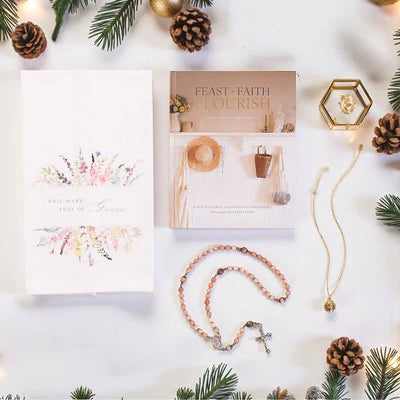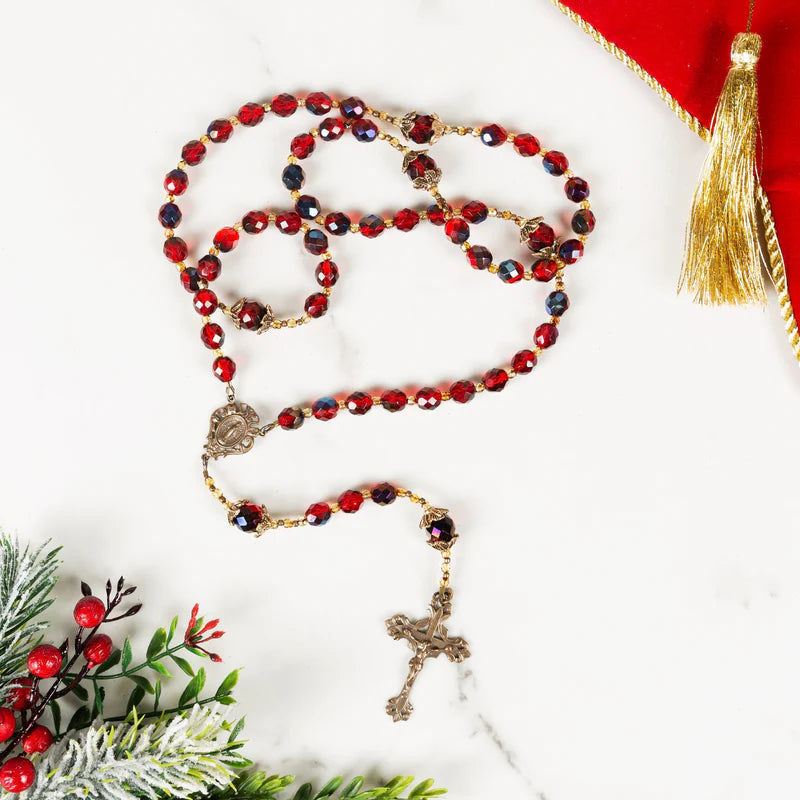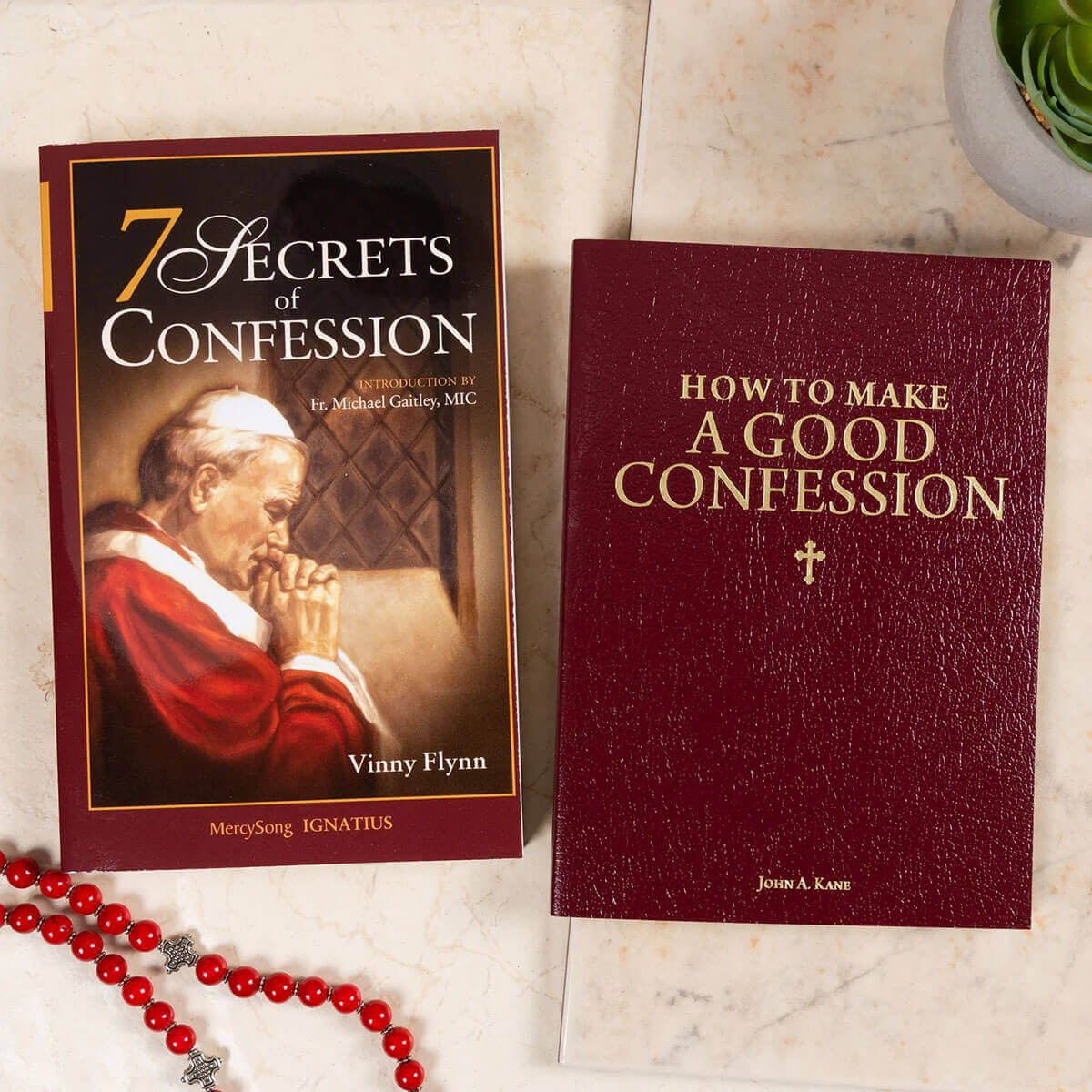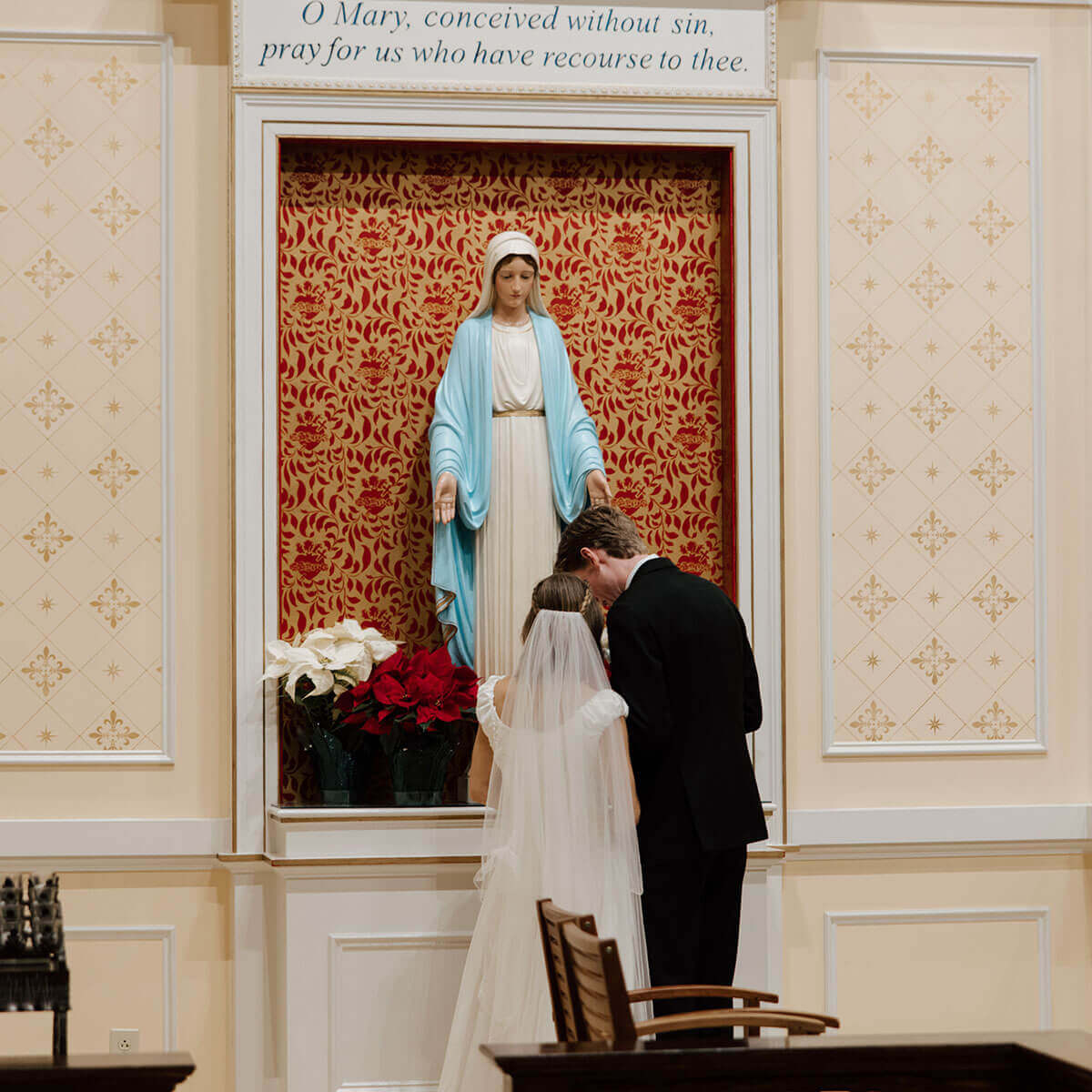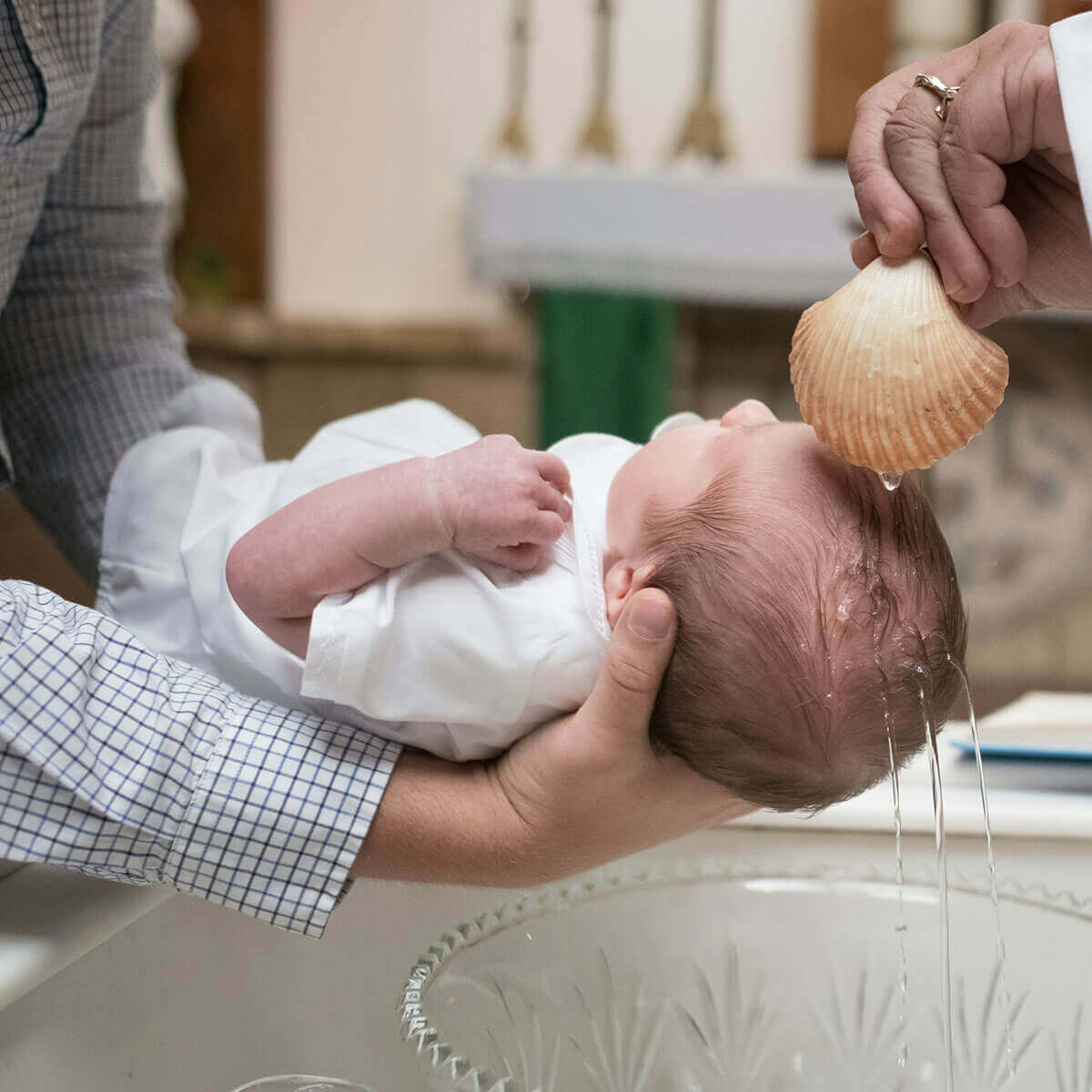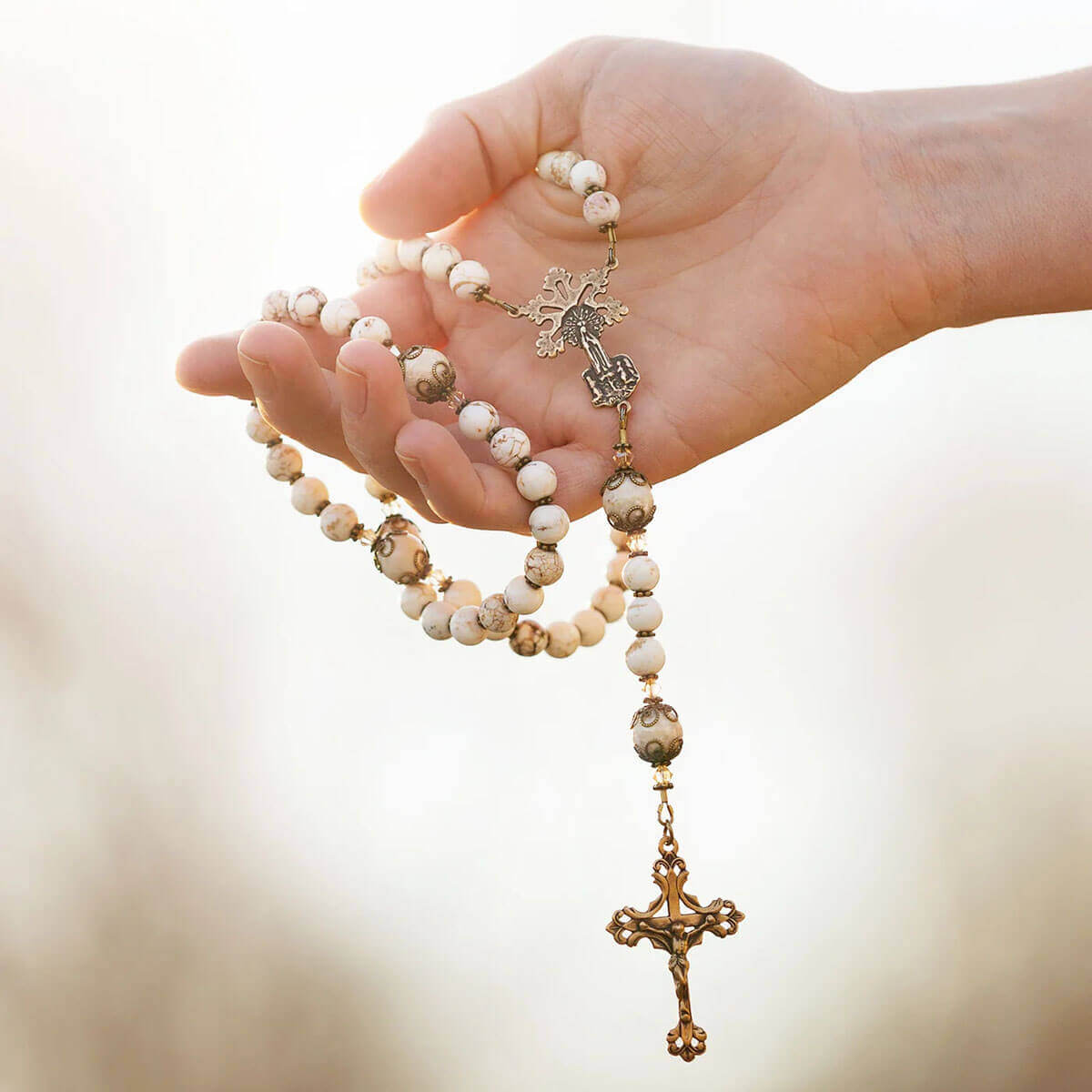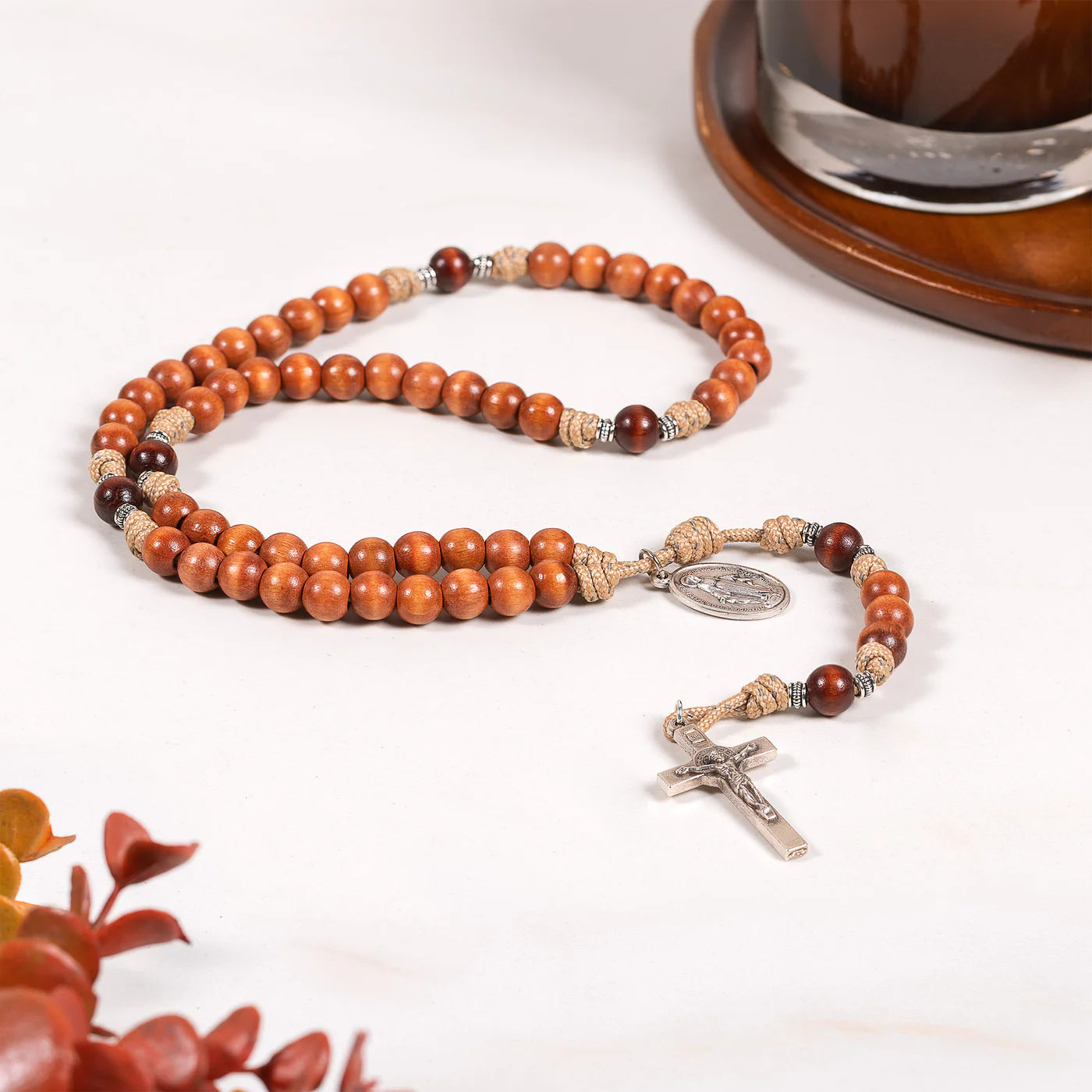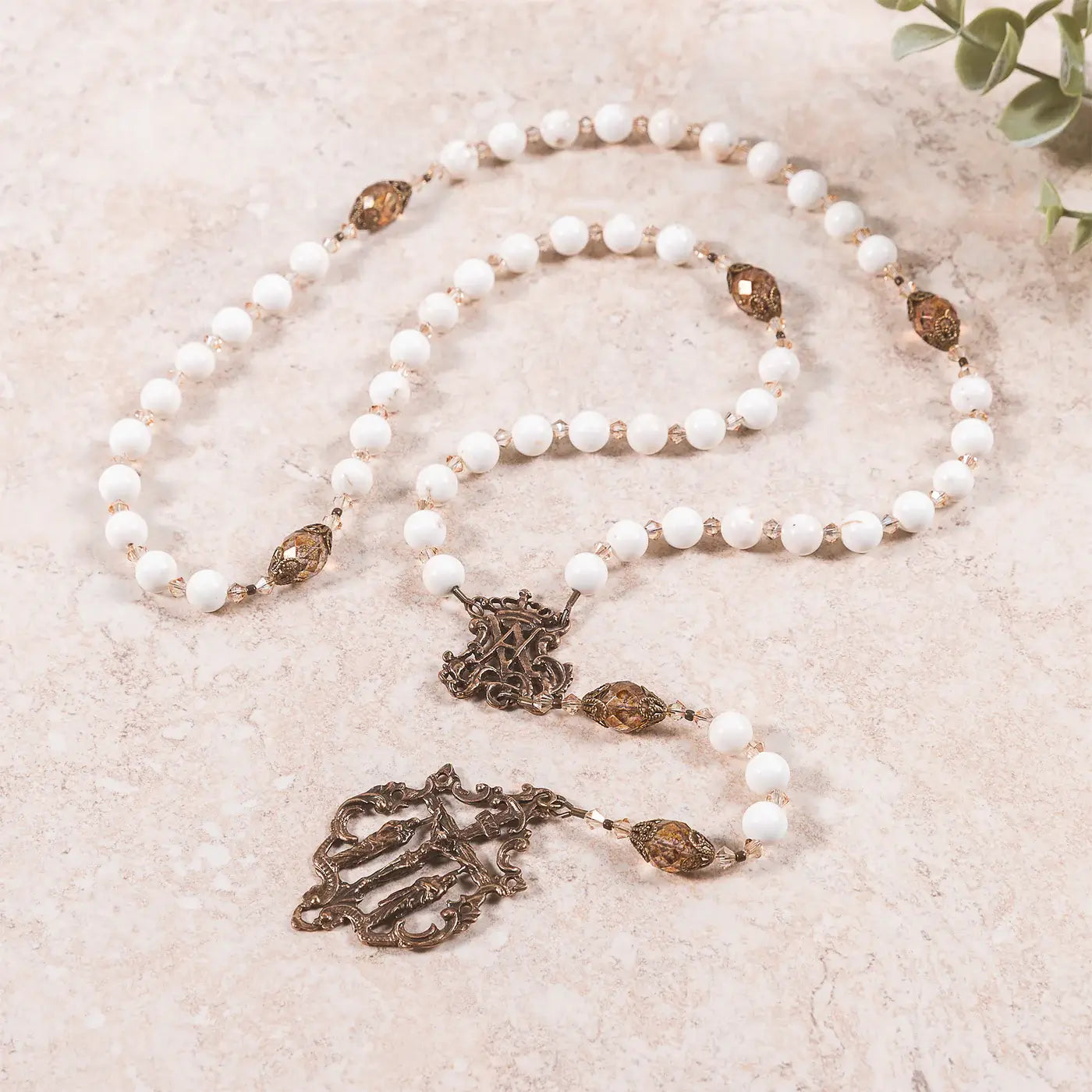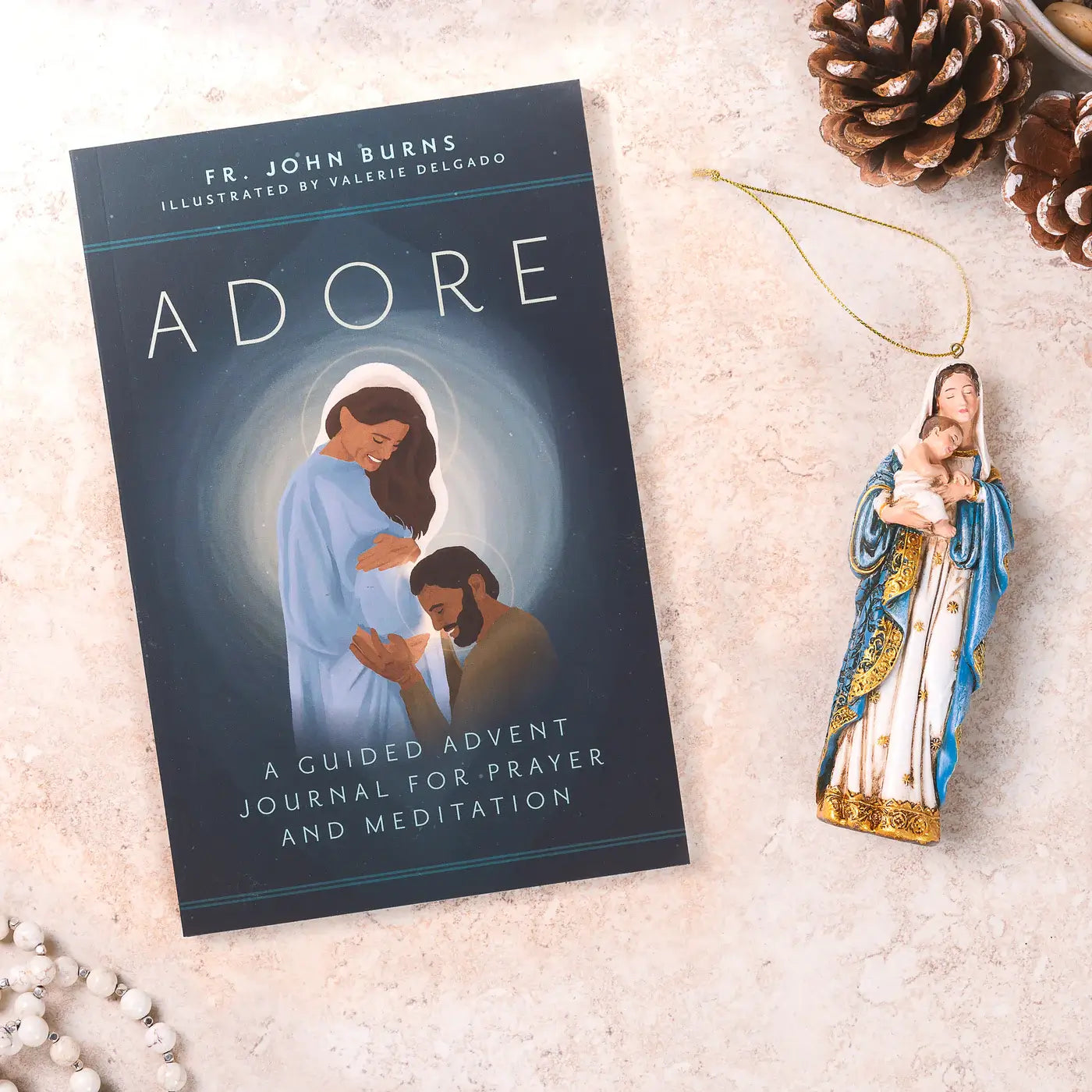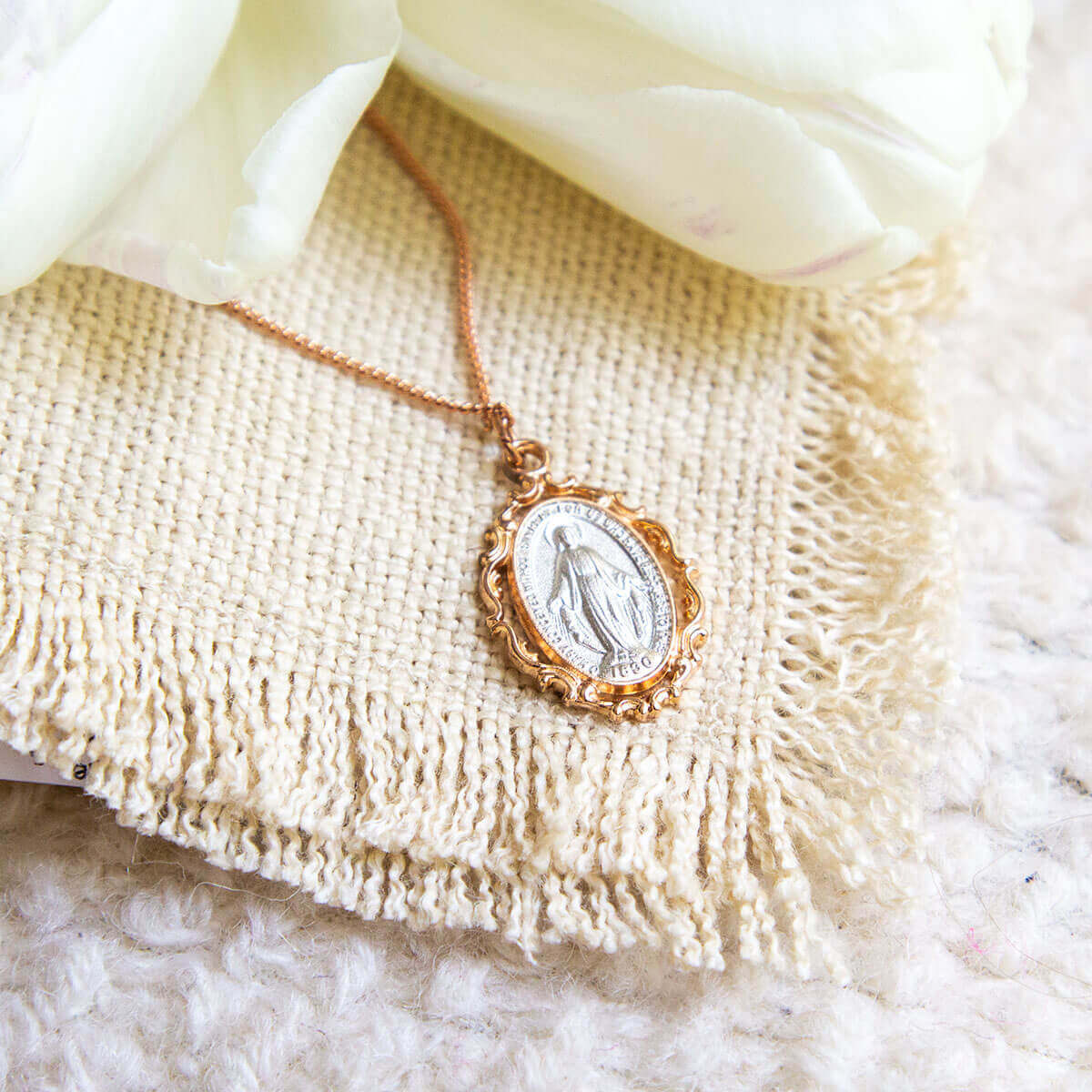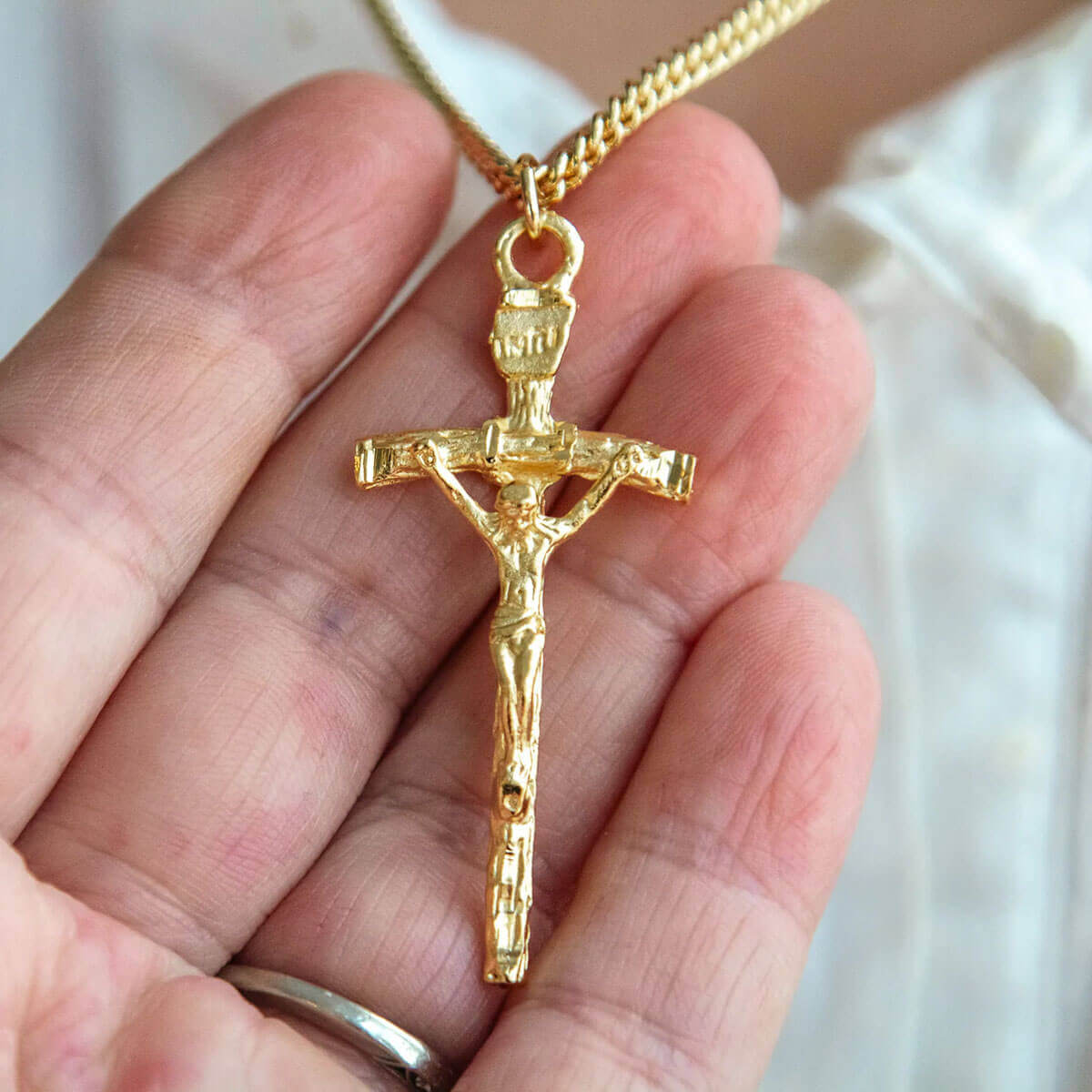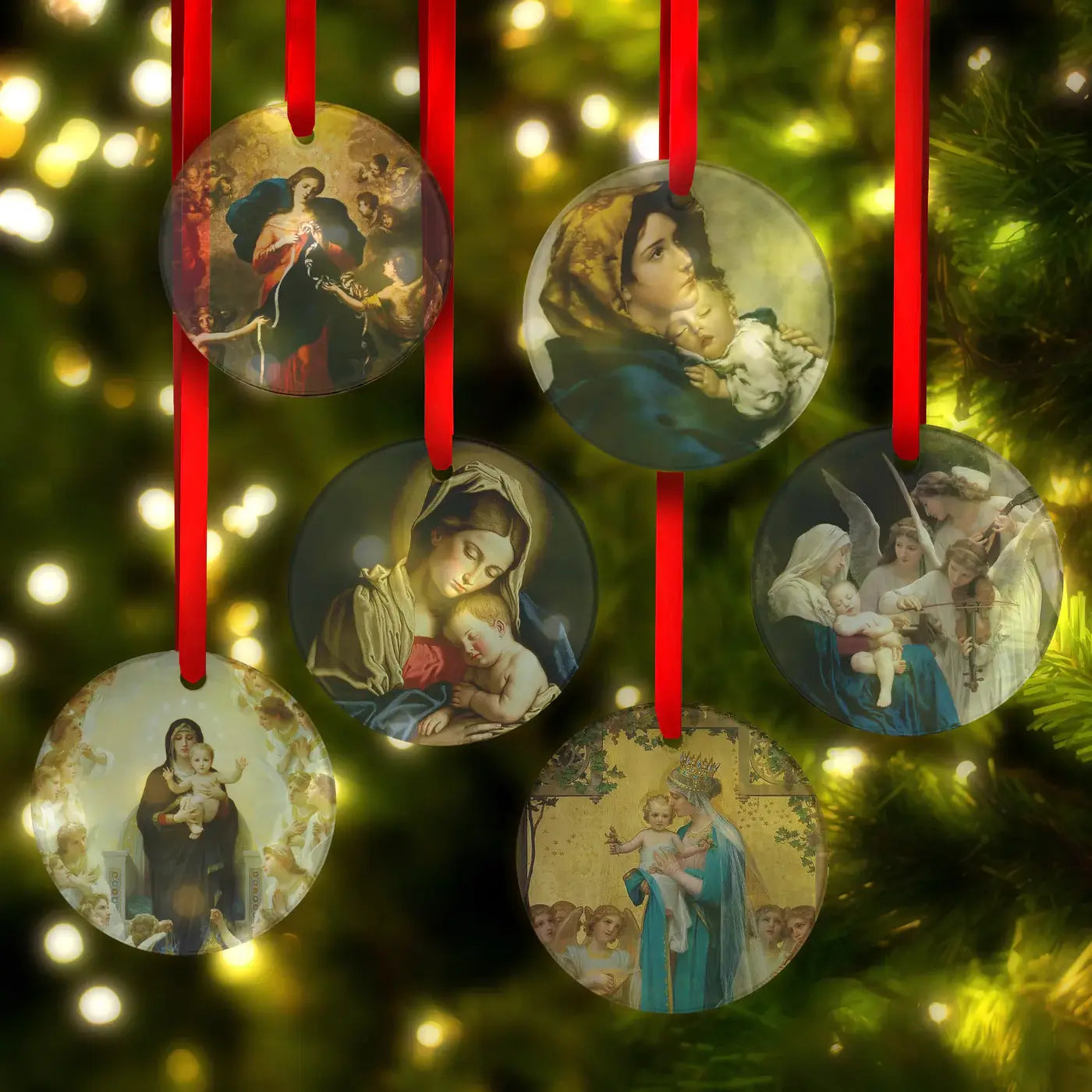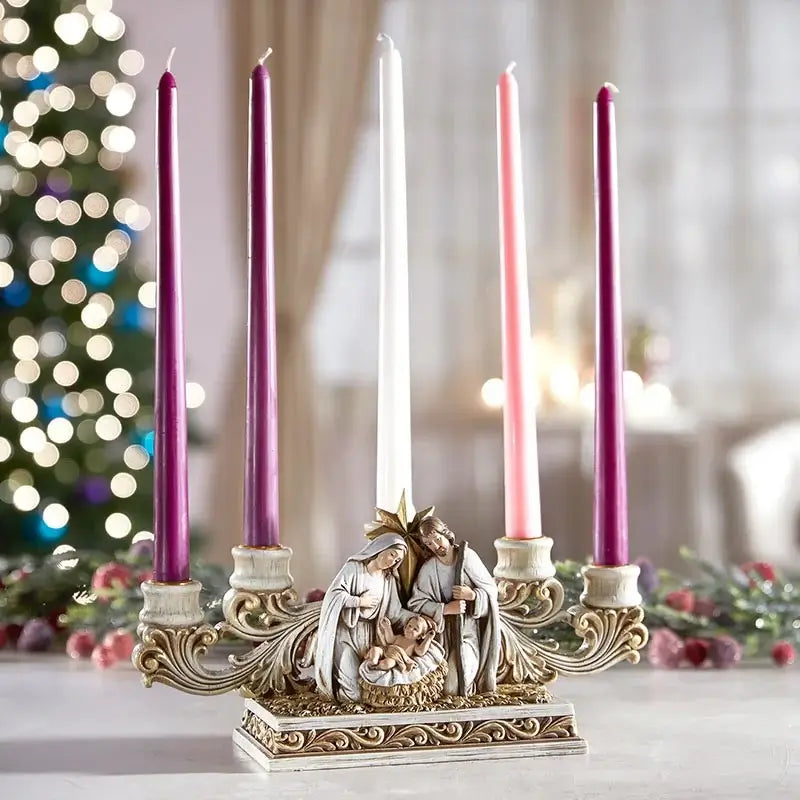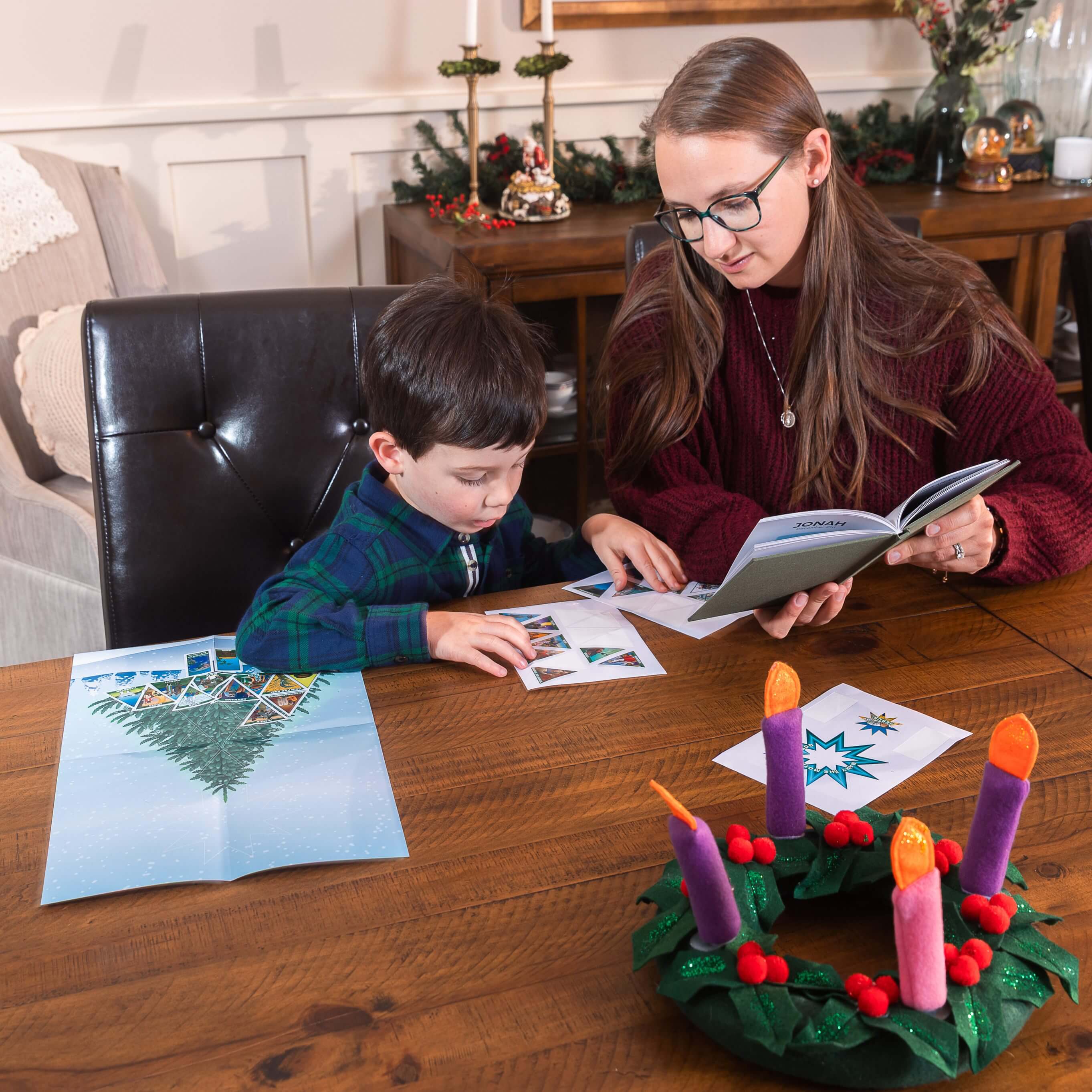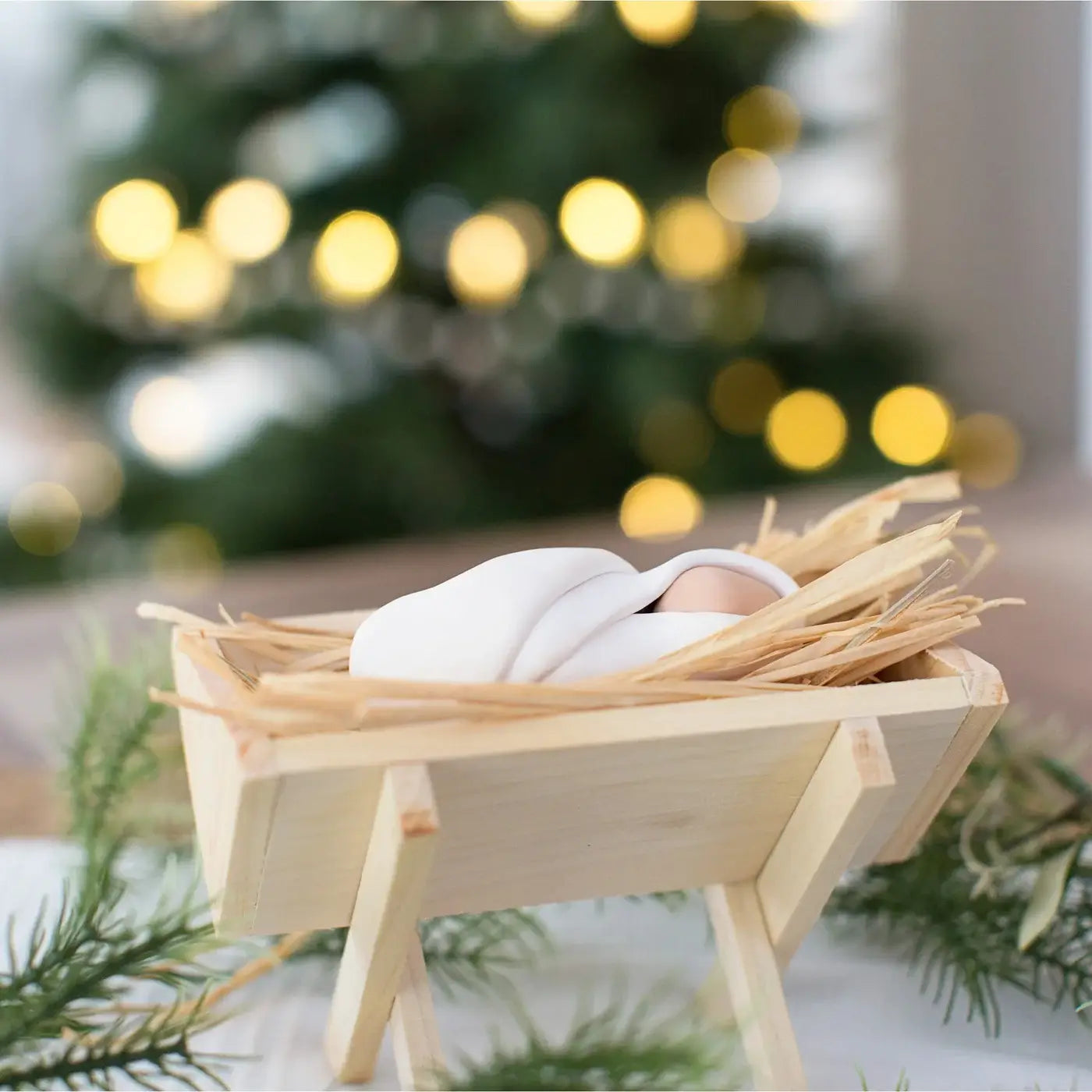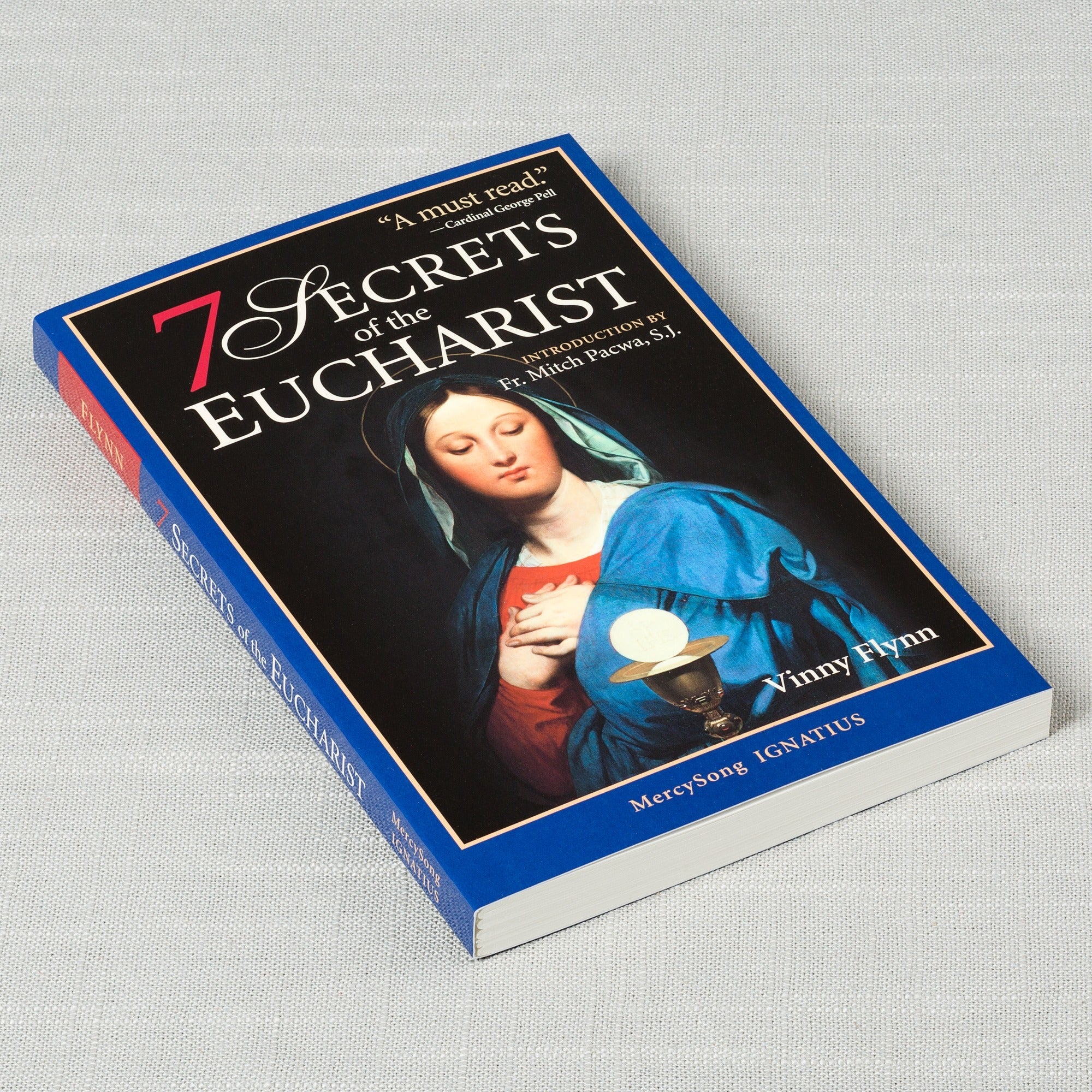Monstrances go back at least as far as the 12th century. They developed as exposition of the Blessed Sacrament—outside Holy Mass and the tabernacle—became a devotional practice.
At first, the design was a modified version of a ciborium (the vessel in which consecrated Hosts reside). The sides were lengthened with crystal, to allow a Host to be seen. Then the monstrance’s appearance gradually changed as the Church sought to craft receptacles illustrating the honor with which the Blessed Sacrament ought to be treated.
The types of monstrances ultimately boil down to three distinct shapes:
The earliest ones, unsurprisingly, resemble elongated ciboriums. Nowadays, this style is almost exclusively used by the Ambrosian Rite, so we’ll just call it the Ambrosian style. The monstrance is composed of a glass cylinder—containing the Host—with a stand, cap, and accents in precious metal.

Over time, this shape expanded into the Gothic style, which could be quite complex. The general structure was like a miniature tower containing the Host in the center. Tiny saint statues or even replicas of churches adorned the casing, and the whole was usually topped with a cross.
Eventually, this morphed into the Baroque style—an oval sunburst shape. These also varied in intricacy and size, ranging from simple silver rays to layers on layers of jeweled golden shafts.
Now, the monstrance typically bears the circular sunburst we know so well, evoking at once the outpouring of grace and the indrawing of devotion.
Celebrate this uniquely Catholic vessel when you sling the Golden Monstrance Tote Bag over your shoulder. From work to Adoration, this tote’s capacious interior and appealing exterior are just what you need while completing your daily activities. Available today at The Catholic Company!

